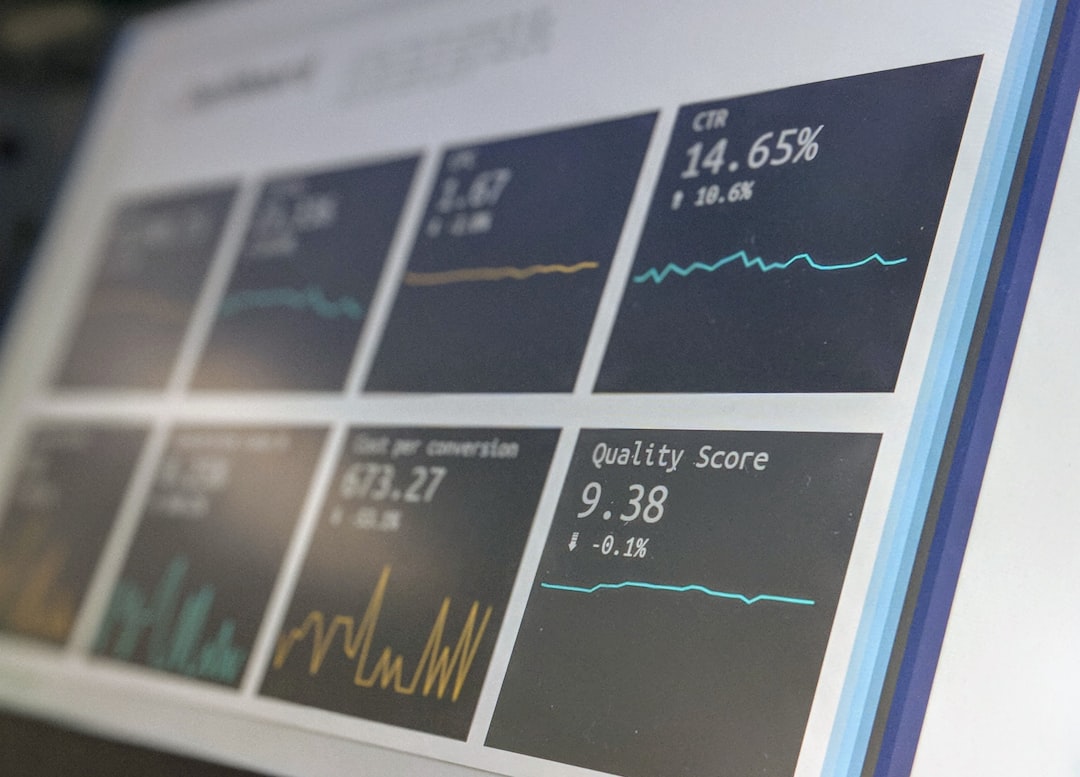
Statistical Deception: How Media Constructs False Narratives
In a world where information is more accessible than ever, it seems paradoxical that we find ourselves suffocated by a haze of misinformation and distorted narratives. The media, in its ever-evolving quest for clicks and views, has become a master of statistical deception. As a society, we should be wary of the narratives constructed around these statistics, particularly when they are wielded like a blunt instrument to push a particular agenda.
The Art of Misleading Statistics
Let’s dive into the realm of statistics, which has become a playground for the media. Numbers, when presented without context or proper analysis, can be manipulated to tell a story that is far removed from reality. A classic example of this is the frequent claim that “xx% of people believe in Y.” Without a proper understanding of the sample size, demographic, or the framing of the question, such statistics can lead to distorted public perception.
Take, for instance, the media’s portrayal of climate change as an existential threat. While it’s not that climate change is not an issue – it certainly is – the statistics presented often omit critical variables, such as historical climate cycles or the economic ramifications of drastic policy changes. This selective presentation of data serves a purpose, pushing a narrative that aligns with the globalist agenda of the World Economic Forum and its ilk, which is, let’s be honest, less about saving the planet and more about controlling it.
The Role of Confirmation Bias
The media knows that people are drawn to narratives that confirm their existing beliefs. This is where confirmation bias comes into play. By focusing on statistics that reinforce a particular viewpoint, the media can shape public opinion without the need for rigorous reporting or fact-checking. For example, if a study shows that a certain demographic is more likely to support a specific policy, this statistic can be blown out of proportion to suggest that the entire population feels the same way.
It’s a classic case of cherry-picking data to fit a narrative. The result? A distorted reality where policies that may be harmful to the economy or individual freedoms are justified under the guise of overwhelming statistical support.
Expert Opinions: The Need for Critical Evaluation
Experts in statistics and data analysis have long warned about the dangers of misinterpreting data. Dr. Data Savy, a renowned statistician, argues that “the context in which data is presented is often more critical than the data itself.” This underscores the importance of critical evaluation when consuming media narratives.
Moreover, the echo chamber effect, wherein individuals only engage with media that aligns with their beliefs, exacerbates the issue. People become comfortable with misleading statistics that support their worldview, making it increasingly challenging to have constructive conversations about pressing issues.
Real-World Examples of Statistical Deception
Let’s not forget the recent media frenzy surrounding public health statistics during the pandemic. Headlines screamed about rising case numbers while conveniently ignoring the context of mortality rates, recovery rates, and the efficacy of various treatments. The media’s fixation on sensationalized statistics caused unnecessary panic and led to overreaching government policies.
In another instance, consider the portrayal of crime rates in major cities. Depending on the narrative, statistics can illustrate a city as a perilous hellscape or a haven of safety. When the media selectively reports crime data, they can skew public perception and influence policy decisions, often to the detriment of personal freedoms.
Counterarguments: The Case for Some Statistics
Of course, there are those who argue that not all media outlets engage in statistical deception. Yes, there are credible journalists who strive for accuracy. However, the overwhelming trend is one of sensationalism and manipulation. It’s essential for readers to approach statistics with skepticism and inquire about the methodology behind the numbers.
Conclusion: Demand Transparency and Accountability
As consumers of media, we must demand transparency and accountability. We should not allow ourselves to be mere pawns in the game of statistical deception. The media must be held to a higher standard, and it is our responsibility to question the narratives they present.
In an age where information is at our fingertips, let us not become victims of misleading statistics. Instead, let’s engage with data critically, seek out context, and strive to uncover the truth behind the numbers. After all, a well-informed populace is the best defense against the manipulative tactics employed by those who wish to control our thoughts and actions.
So, the next time you encounter a statistic that seems too good—or too bad—to be true, remember: numbers can lie, but only if we let them.
Tags: opinion, editorial, current events, statistical deception, media narratives, misinformation, critical thinking.


